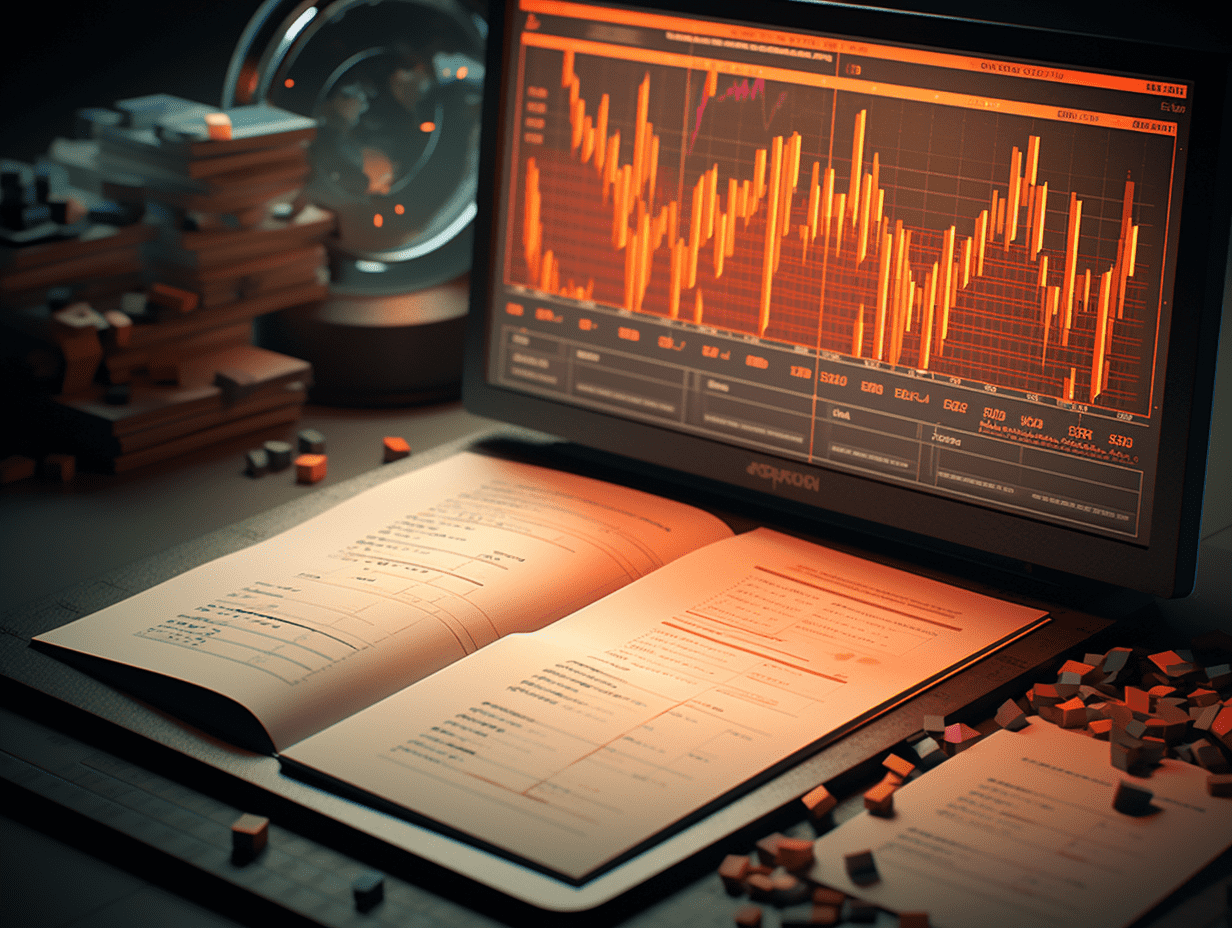
China Securities Co., Ltd.: The electrification bonus of the automotive industry is coming to an end, and digitalization is reshaping the high-end market landscape.
China Securities Co., Ltd. released a research report stating that the electrification dividend is coming to an end, and relying solely on the improvement of product competitiveness driven by electrification is difficult to completely reshape the high-end market landscape. The industry trend is entering the second half, and under the drive of intelligence, independent brands will gradually break through the high market brand barriers. Intelligence is reshaping the competition landscape of the high-end market, and under the impact of independent brands, traditional luxury brands are facing a simultaneous decline in quantity and price, while second-tier market share is rapidly shrinking. In the past, luxury fuel cars changed slowly, but new energy luxury cars brought new selling points that resulted in a competitive advantage. Currently, "safety is the greatest luxury" is gradually becoming a consensus, and "enhanced safety performance under intelligence improvement" is one of the core competitive strengths for independent brands to open up the market.
The main points of China Securities Co., Ltd. are as follows:
The electrification dividend is coming to an end, and independent brands need to rely on intelligence to break through the high-end market barriers.
At present, the market share of independent brands continues to rise under the promotion of electrification, but the market share of independent brands in the high-end market is still much lower than the mainstream market. In the first half of 2024, the market share of independent brands in the 300,000-400,000 RMB / above 400,000 RMB market is 38.4%/26%, while the market share in the below 300,000 RMB market is 61.7%. It is difficult to completely reshape the high-end market landscape solely by relying on the product competitiveness driven by electrification. The industry trend is entering the second half, and under the drive of intelligence, independent brands will gradually break through the high market brand barriers, such as the Wey M9 has become the best-selling model above 500,000 RMB.
The high-end market is the largest trillion-dollar market for independent brands to substitute.
1) Market space: The sales volume of the high-end market accounts for only 1/6 of the market, but the sales revenue accounts for over 1/3, with a market space exceeding trillions, supporting a market value space exceeding 4 trillion. In 2023, the sales volume of passenger cars priced above 300,000 RMB reached 3.687 million, accounting for about 1/6 of the market, but the sales revenue accounted for more than 1/3. If the passenger car market is divided into markets with prices above and below 300,000 RMB, according to PE valuations for the two markets, the valuation for the market below 300,000 RMB (15x) is approximately 3.2 trillion, and above 300,000 RMB (25x) is approximately 4.3 trillion, which is 1/3 higher than the market below 300,000 RMB.
2) The high-end market is still the market with the largest substitution space for independent brands, with the potential for doubling. Taking the first half of 2024 as an example, if the penetration rate of new energy vehicles priced between 300,000-400,000 RMB/above 400,000 RMB reaches the market average level, the sales elasticity will increase by 4.3% and 40.3%, respectively. If the market share of independent brands reaches the market average level, the sales elasticity will increase by 53.3% and 121.9%, respectively.
3) The high-end market has a strong beta coefficient. Under the drive of upgrade purchases, the market share and scale of the high-end market continue to increase. In the first seven months of 2024, sales in the 300,000-400,000 RMB range increased by 5.2% year-on-year, while sales above 400,000 RMB increased by 13.7%.
4) The gross profit margin of high-end brands is significantly higher than that of ordinary brands. Import cars have high tax fees, and consumers are psychologically accustomed to higher prices, creating a huge profit margin. In the first half of 2024, the gross profit margin of Ferrari reached 50.3%, Aston Martin reached 38.6%, and the gross profit margin of Chongqing Sokon Industry Group Stock was 25.0%. Due to tax differences, the profit potential of high-end new energy vehicles from independent brands is naturally much higher than that of imported fuel cars. Calculated at a post-tax price of 500,000 RMB, the tax difference between the two can reach 653,000 RMB.
Intelligence is reshaping the competition landscape of the high-end market.
Looking at the competition landscape:
1) The market landscape above 300,000 RMB is relatively concentrated, and once a brand succeeds, the competition landscape is better than the mainstream market. In 2023, the combined market share of top BBA (BMW, Benz, Audi) brands and NIO in the above 300,000 RMB market reached 57%.
2) Under the impact of independent brands, traditional luxury brands are facing a simultaneous decline in quantity and price, while the market share of second-tier luxury brands is rapidly shrinking. In July 2024, the discount rate for luxury brands reached as high as 21.7%, a 6.2 percentage point increase in the past 12 months. The market share of foreign brands outside of the BBA brands in the above 300,000 RMB market dropped from 31.8% in 2021 to 20.6% in the first half of 2024, a decrease of 11.2 percentage points.
3) In the past, changes in luxury fuel cars were slow, but new energy luxury cars have brought new selling points, leading to competitive advantages. Currently, "safety is the greatest luxury" is gradually becoming a consensus. We believe that "enhanced safety performance under intelligence improvement" is one of the core competitive strengths for independent brands to open up the market.
Risk alert:
1) Industry prosperity less than expected. The stabilization and recovery of the domestic economy in 2024 is closely watched, and fluctuations in the automotive industry demand may occur. Slowdowns in consumer income growth or fluctuations in expectations may affect the effectiveness of the trade-in promotion, and insufficient demand in passenger and freight markets may also hinder the replacement ratio of commercial vehicles, ultimately affecting the recovery of the automotive industry demand.
2) Policy implementation falls short of expectations. The full implementation of policies promoting trade-ins and equipment updates will take time, and policy announcements and information dissemination will also require time. As the peak season for car purchases approaches, whether subsidy funds can be disbursed in a timely manner and whether replacement demand can be smoothly released will need further observation.
3) Export sales fall short of expectations. Factors such as international situations, national policies, and exchange rates can affect export sales, leading to fluctuations in growth.
4) Deterioration of the industry competitive landscape. Under the trend of automotive electrification and intelligence, domestic complete vehicle manufacturers and component suppliers are actively expanding, and with changes in supply factors such as technological advancements and new capacity deployment, future industry competition may intensify, leading to fluctuations in the market share and profitability of complete vehicle and component companies.
RECOMMEND
©️2013 - 2024 GMT EIGHT Holdings. All Rights Reserved.
Contact: contact@gmteight.com


